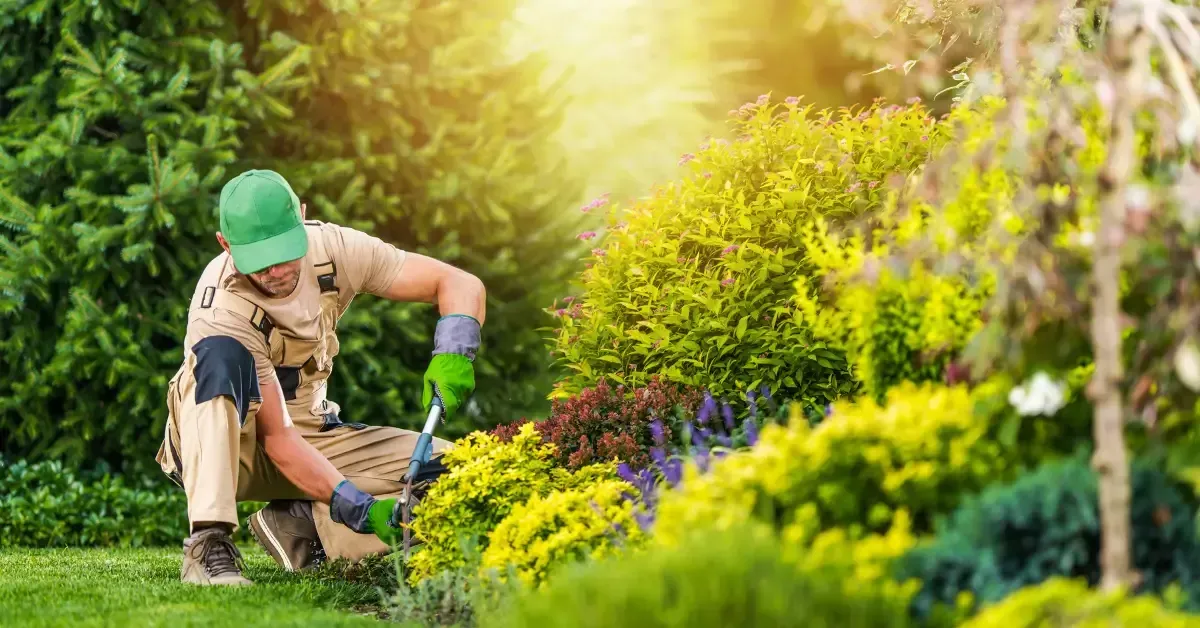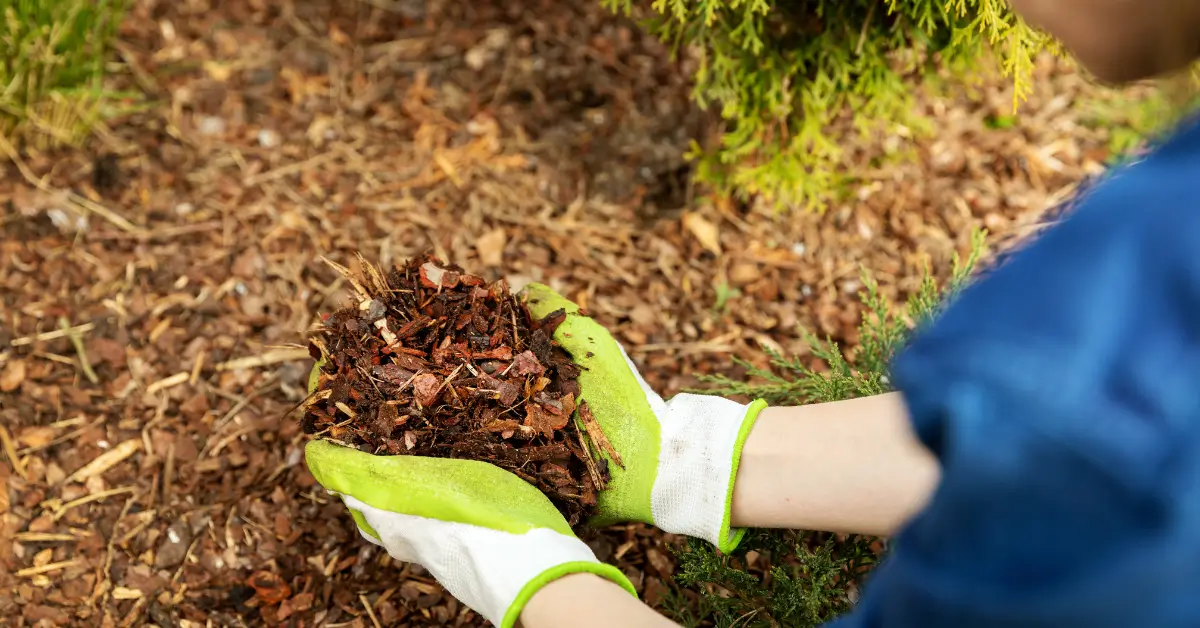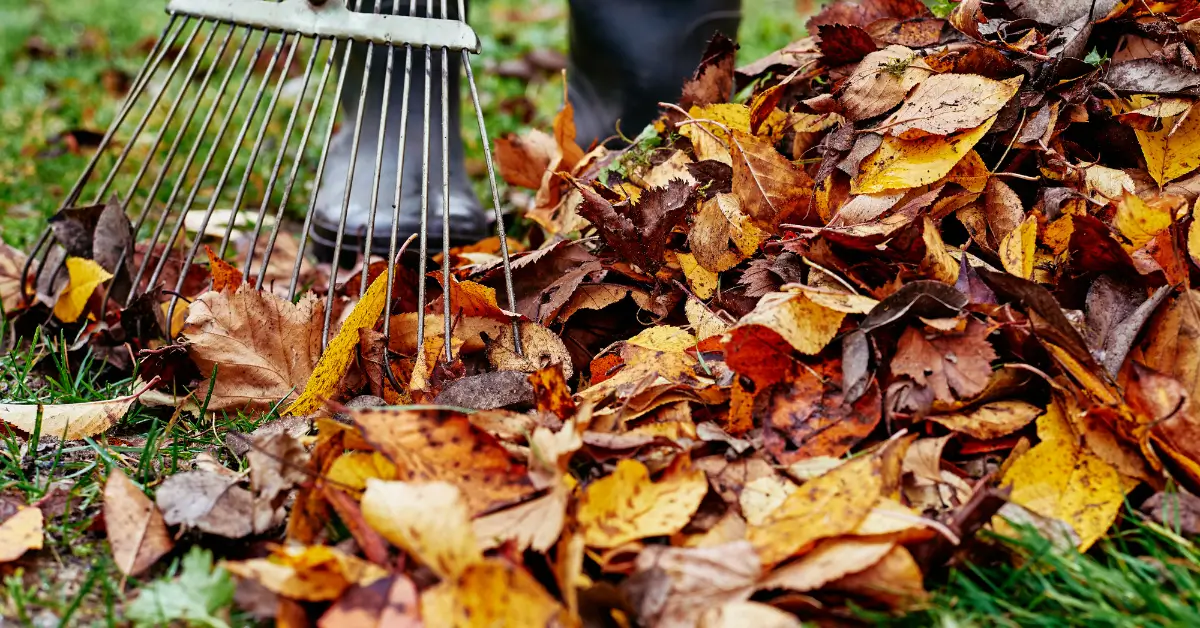
Essential Guide to Landscape Maintenance in Baltimore | HMD Landscaping
Baltimore’s historic row houses and leafy suburbs are framed by lawns, gardens and mature trees. A well‑maintained landscape not only boosts curb appeal but also creates outdoor spaces where families relax and businesses welcome clients. Unfortunately, the city’s humid summers, variable rainfall and occasional droughts can stress turf and plants, and neglect invites pests and diseases. This guide walks you through landscape maintenance tailored to Baltimore’s climate, providing tips for homeowners and property managers and highlighting when professional help makes sense.
Understanding the Local Climate
Located along the Chesapeake Bay, Baltimore sits in USDA hardiness zones 7b to 8a, with hot, humid summers and cool winters. Average annual precipitation is about 42 inches, but rainfall is uneven—spring and fall tend to be wet while summer can bring dry spells. The city’s varied topography means that microclimates abound. South‑facing slopes dry quickly, while shady urban courtyards may stay damp. Understanding these nuances helps you adapt watering and plant selection to each part of your property.
Lawn Care Fundamentals

Choose the Right Grass. Cool‑season grasses like tall fescue and Kentucky bluegrass thrive in Baltimore because they stay green in spring and fall and tolerate summer heat with proper care. For sunny or hot spots, consider heat‑tolerant Bermuda or centipede grass, though these warm‑season grasses go dormant in winter.
Mowing. Keep mower blades sharp and cut cool‑season lawns to 2.5–3.5 inches, removing no more than one‑third of the blade at a time. Taller grass shades the soil, conserves moisture and discourages weeds. During summer, raise the deck slightly to help turf withstand heat and drought. Leave grass clippings on the lawn; they return up to half of the nitrogen your lawn needs.
Watering. Deep, infrequent watering encourages roots to grow deeper. Aim for one inch of water per week, delivered in the early morning. Use drip irrigation or smart controllers to reduce waste, and adjust for rainfall. During drought, let cool‑season grass go dormant; it will green up when cooler, wetter weather returns.
Fertilization and Soil Health. Test your soil every few years to determine pH and nutrient levels. The Chesapeake Bay Foundation advises applying fertilizer only when needed and sweeping any granules off hard surfaces to prevent runoff. Use slow‑release, organic fertilizers in fall to strengthen roots. Composting grass clippings and leaves enriches soil structure and reduces the need for synthetic inputs.
Aeration and Overseeding. High foot traffic and clay soils common in Baltimore can cause compaction. Aerate your lawn in fall; it opens soil pores and allows water and nutrients to reach roots. Follow with overseeding to fill bare spots and thicken the turf. Tall fescue blends are ideal for overseeding.
Tree and Shrub Maintenance
Trees and shrubs provide structure, shade and habitat, but neglecting them can lead to hazards and poor plant health. Regular pruning removes dead or diseased wood and improves air flow. ProLandscapesMD notes that preventive pruning should be done in late winter or early spring to stop pests and diseases before they spread. Thinning overcrowded growth allows sunlight and air to penetrate dense canopies. Clean cuts made just above an outward‑facing bud speed healing.
While many Maryland shrubs benefit from winter pruning, spring‑flowering species should be pruned right after blooming to avoid removing next year’s buds. Evergreens recover more slowly and should be pruned lightly. Always remove diseased or damaged branches immediately, regardless of season; leaving them invites pests.
Garden Beds and Plant Health

Choose Native and Adaptive Plants. Plants native to Maryland thrive with minimal fertilizer and watering, support pollinators and resist local pests. The Lawn Love guide notes that native plants like smooth blue aster and blue‑stemmed goldenrod are drought resistant, support wildlife and require fewer chemicals. Native groundcovers like Allegheny pachysandra or Pennsylvania sedge reduce mowing and prevent erosion.
Mulching and Weed Control. A 2–3‑inch layer of organic mulch conserves moisture, moderates soil temperature and suppresses weeds. Mulch also enriches soil as it breaks down. For weed management, maintain a thick, healthy lawn and hand‑pull weeds when they appear. Pre‑emergent herbicides applied in early spring stop annual weeds like crabgrass, but many perennial weeds need targeted post‑emergent treatments. Whenever possible, choose non‑chemical methods such as corn gluten or vinegar.
Integrated Pest Management (IPM). The University of Maryland Extension recommends regular monitoring, prevention and cultural controls before resorting to pesticides. IPM steps include selecting resistant plant varieties, encouraging beneficial insects, and removing diseased material promptly. If pesticide use is necessary, opt for eco‑friendly products like horticultural oils or insecticidal soaps and always follow label instructions.
Sustainable Practices
Making your landscape environmentally friendly saves money and protects the Chesapeake Bay. The Chesapeake Bay Foundation suggests reducing your lawn size and planting more shrubs and native grasses to decrease mowing and runoff. Mulched tree islands and groundcovers reduce turf area and provide habitat. Test soils before fertilizing and use organic amendments; composting yard waste improves soil structure and water retention. Leave grass clippings on the lawn to return nutrients. Water responsibly with drip irrigation, rain barrels and smart sensors.
Seasonal Checklist
Spring: Remove winter debris; test soil and amend as needed; apply pre‑emergent weed control; mow as grass begins to grow; prune summer‑flowering shrubs; edge garden beds and apply fresh mulch.
Summer: Raise mower blades; water deeply once or twice a week; monitor for heat stress and pests; deadhead annuals and perennials; prune hedges lightly; remove weeds before they seed.
Fall: Aerate compacted lawns; overseed and fertilize with a slow‑release product; rake leaves regularly; plant trees and shrubs; cut back perennials after frost.

Winter: Limit foot traffic on dormant grass; protect sensitive plants with mulch or burlap; winterize irrigation systems by draining lines; plan next year’s improvements while the landscape is at rest.
When to Hire Professionals
DIY maintenance can be rewarding, but some tasks—like major tree pruning, irrigation system installation or controlling persistent weeds—are best left to professionals. A full‑service landscaping company like HMD Landscaping offers design, installation and year‑round maintenance. Their team understands Baltimore’s microclimates and can recommend native plants, manage pests sustainably and maintain lawns and plantings so you don’t have to. Whether you’re a homeowner looking to boost curb appeal or a property manager responsible for multiple sites, outsourcing these tasks saves time and ensures a polished, healthy landscape.
Conclusion
A thriving landscape requires more than occasional mowing—it demands a holistic approach that considers soil health, climate, plant selection and sustainable practices. By choosing the right grasses, mowing properly, watering wisely, pruning regularly and embracing native plants and organic methods, Baltimore property owners can enjoy beautiful yards that support local ecosystems and increase property value. HMD Landscaping is here to help with comprehensive design, installation and maintenance services tailored to the Greater Baltimore area. Ready to take your landscape to the next level? Contact our team today for a free consultation and let’s create a healthy, beautiful outdoor space together.
